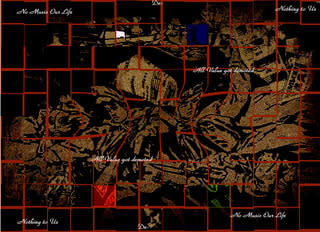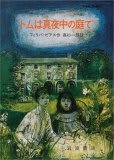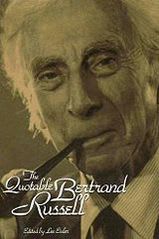AtmoWorks.com is a label owned and operated by Vir Unis, John Koch-Northrup, and Matt McDonough working in concert with a team of dynamic and talented individuals to bring you the best in electronic music. AtmoWorks was founded in 2001 by Vir Unis and James Johnson. James left in February 2008 to pursue sound design and composing. John and Matt joined AtmoWorks a short time later.
I find myself writing this in a mix of emotions, as I realize how
complex our feelings can be when change is amongst us. AtmoWorks has
now been in existence just a little over six years. AtmoWorks was
created in late fall of 2001 by Vir Unis and James Johnson and with a
huge amount of help from Brian McWilliams. Over the years we have
expanded and have included several other artists to our small but
growing collective. It's been an honor and privilege to facilitate
the release of such great work by some very talented artists.
AtmoWorks is dedicated to this very cause. We are designed to
expedite the process in which an independent artist or group of
artists can release music at will and without any third party agenda.
This is an honorable cause and this is our one and only goal.
This is an exciting process to be a part of. James and I built this
from the ground up out of a combined will that resulted in a very
transparent and rewarding friendship. It's this energy that carried
us over the past six years. This is the part of the emotion in which
I am proud and excited to continue. The other part is with sadness as
James Johnson has decided to leave AtmoWorks and continue on a
different rewarding path in his personal quest for artistic
achievement. However, it is with this sadness that I also have a joy
in seeing such a talented man and gifted artist follow his own muse.
A chapter of my life has been closed and a new chapter for myself and
AtmoWorks begins..I have always, from day one, planned for AtmoWorks
to be in existence as long as I live. It is such a part of my life,
that as I watch it grow and sustain my works and others, that my will
to empower it even more grows by the day.
In retaining the energy of friendship and transparent new
business model that James and I have established, I have tapped two
individuals who also share many of the same qualities. These are two
individuals that I have known since I was a teenager and have shared
countless days, years, and months working together on a variety of
artistic projects and adventures that friends share. They are like
family to me. Please welcome to AtmoWorks John Koch-Northrup and Matt
McDonough. Biographies and extended information on both will be
forthcoming on AtmoWorks.com, as there is too much to say about these
outstanding individuals in this letter. I will say that they bring an
extraordinary amount of talent and creative energy to AtmoWorks and
I'm honored that they have chosen to work with me in this every
evolving labor of love.
In the spirit of this evolution, we are in a state of upgrading
AtmoWorks.com to include several new features as well as refine some
aspects of our site that have worked well for the past six years. One
of them being is the return of AtmoWorks live radio, AtmoStreams,
which includes artists from around the world streaming live music from
their studios. In the past, we've had such notable musicians as Vidna
Obmana, Saul Stokes, DreamState, and the Elf Machine performing live
on AtmoStreams. Also planning on a series of talks and conversations
with various artists, both in music and other mediums to be streamed
either live or taped. This is truly exciting..
New music is coming! Different types of music is coming as well.
AtmoWorks, in essence is a label that has been designed to work with
ambient and electronic music.ex.((""ovdk vs bunk data""))
While retaining that essence, we are
also in the process of expanding the definition of ambient, as it
should, and including all sorts of new and eclectic music that may or
may not fit the traditional definition of "ambient'. We'll let you
decide on that one. It is you, after all, that we seek to connect
with the artists. The artist/listener relationship is a timeless and
sacred connection that is our honor to preserve.
⇔
Yours truly,
Vir Unis
February 2008





















